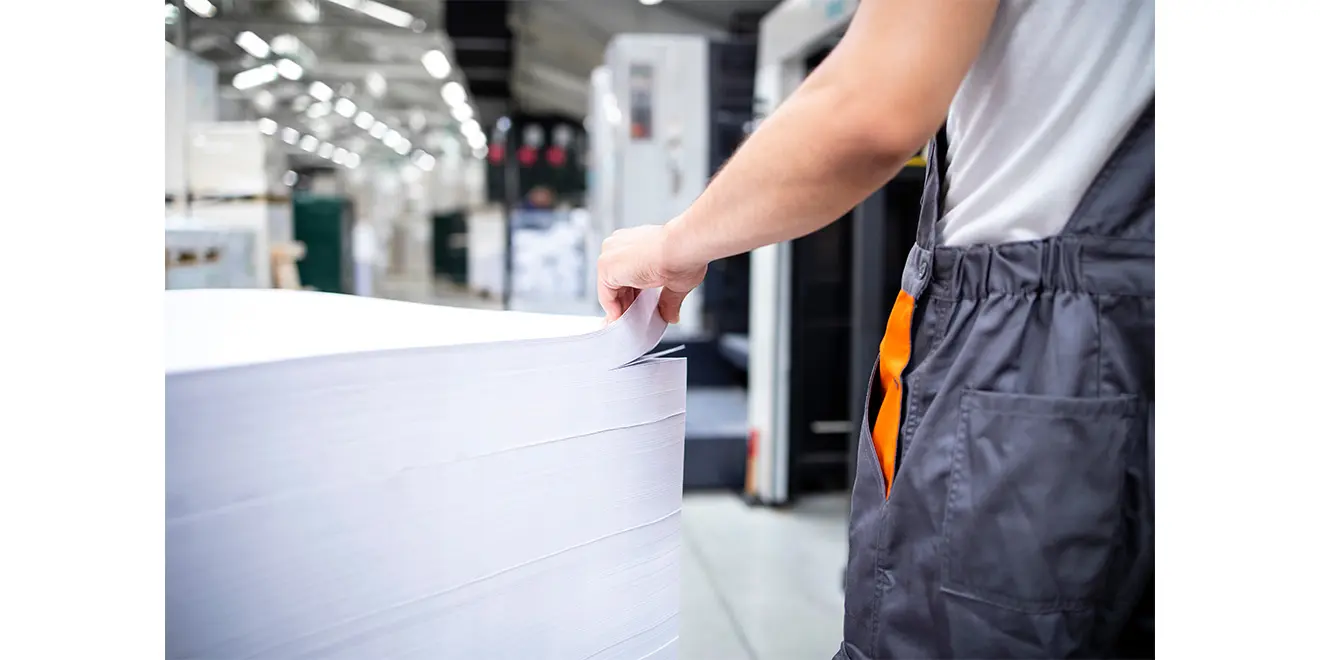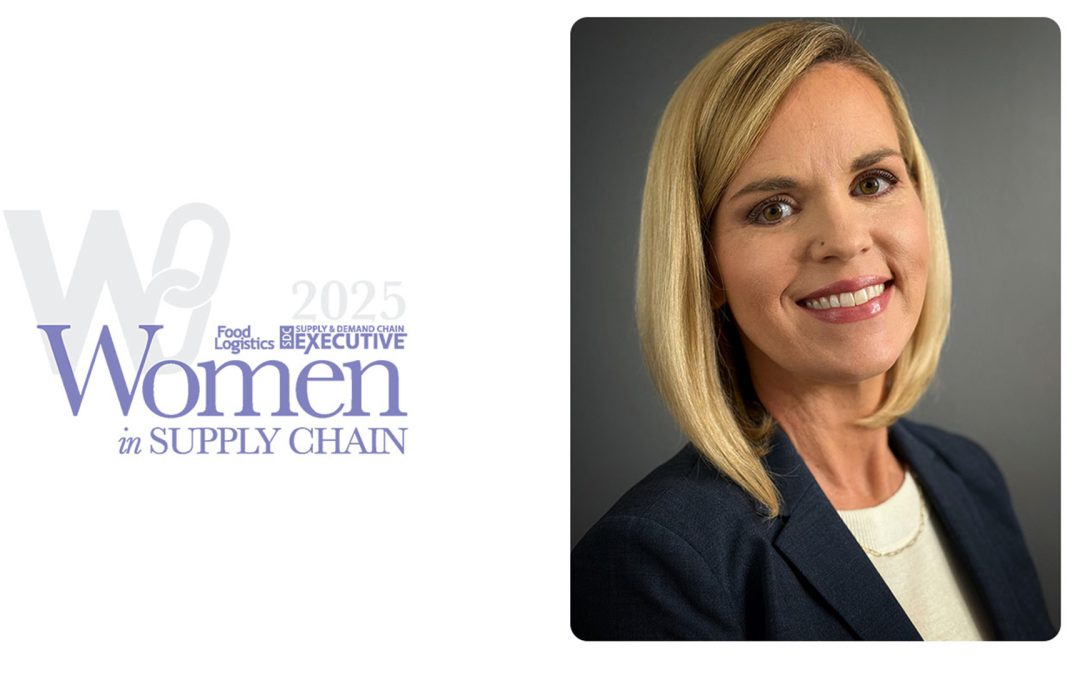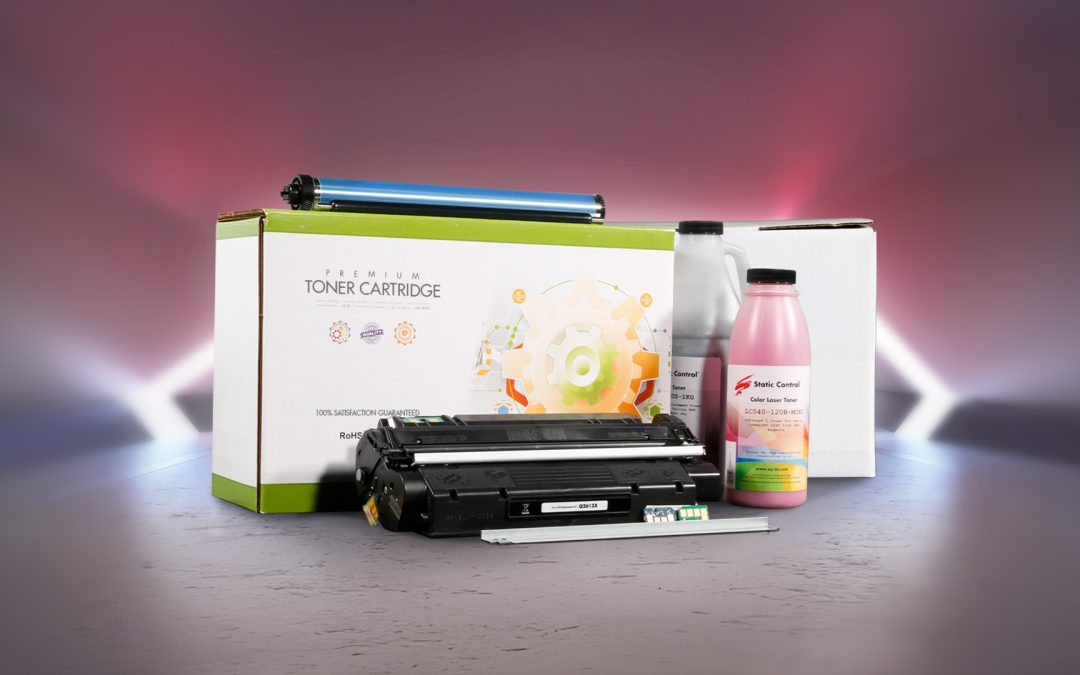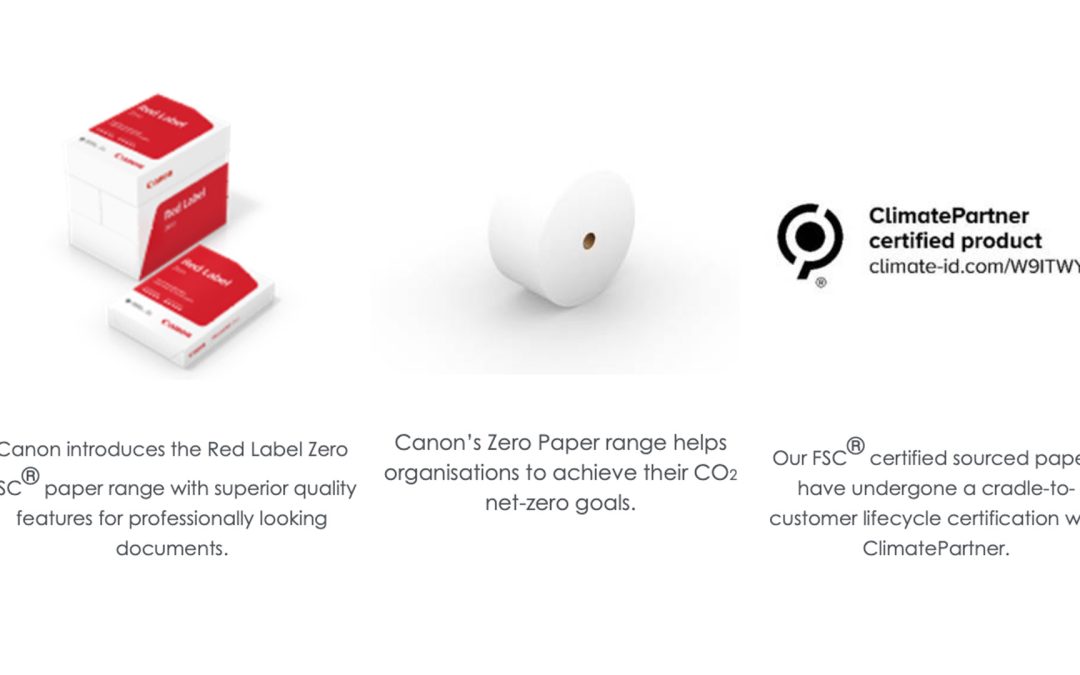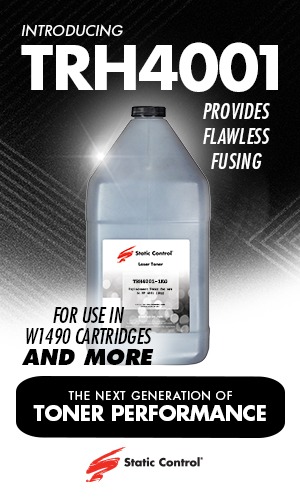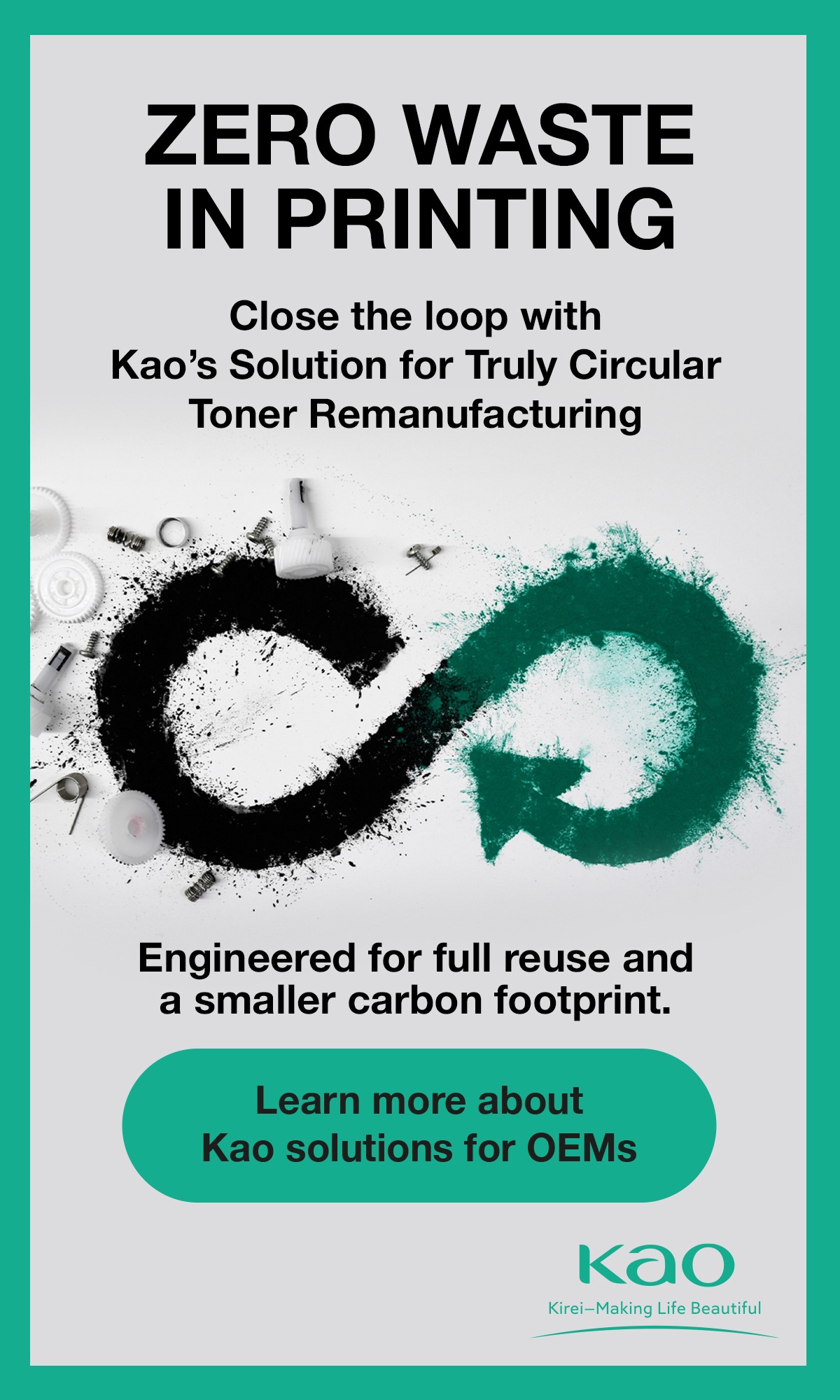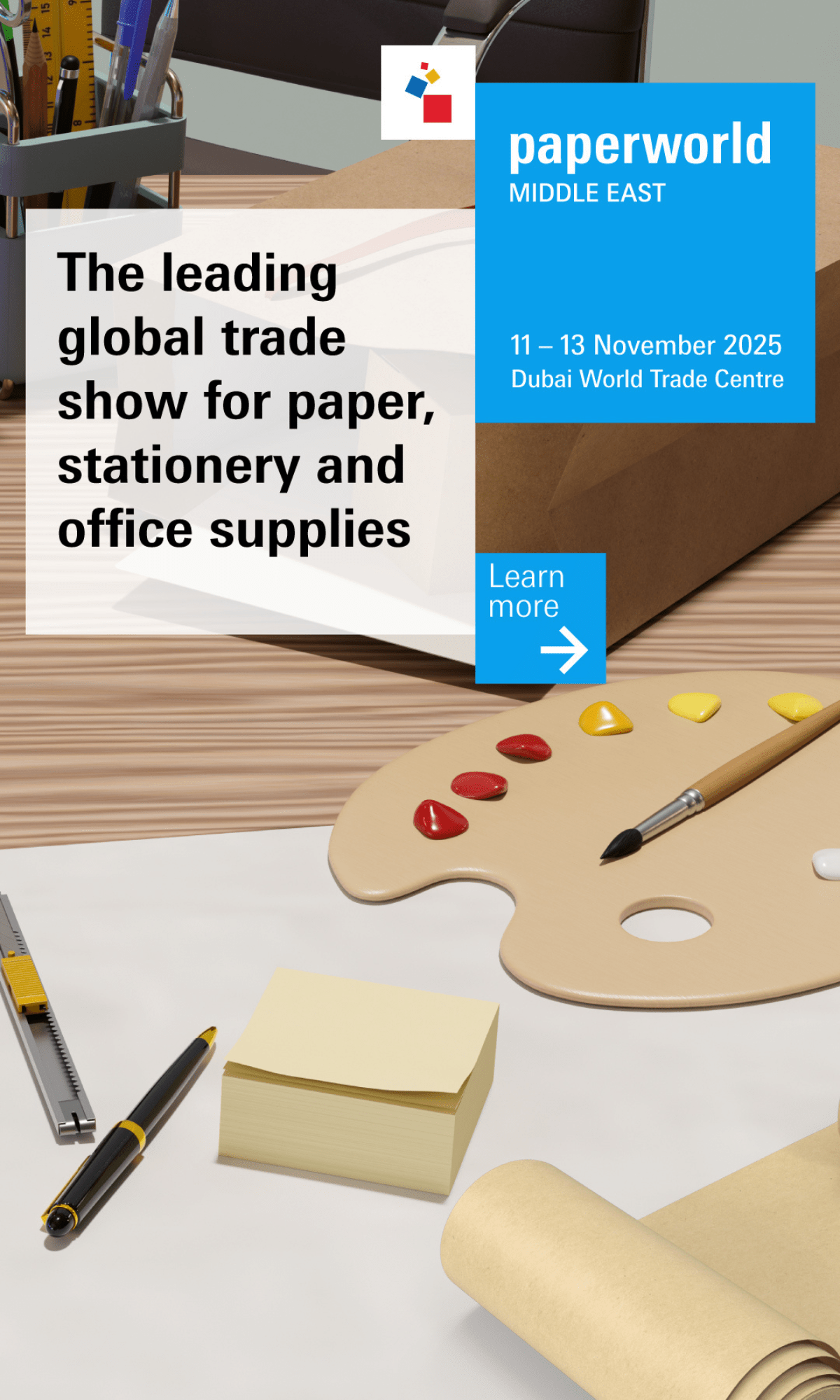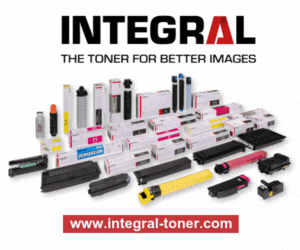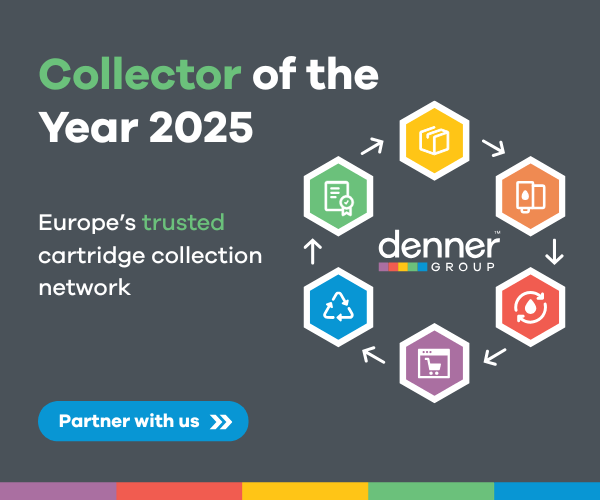Rare good news?
As the summer break approaches, there’s rare good news for the imaging sector — and it is printed on paper.
Portuguese pulp and paper giant The Navigator Company has reported a 10% rise in orders for uncoated woodfree paper (UWF) during the first half of 2025. At the same time, the global market for UWF declined by 2%. It’s a standout result in a flat or falling market, and a signal that print volumes, particularly in Europe, may be stabilising.
Navigator posted sales of over €1 billion ($1.09 billion) in the first half of the year, with an EBITDA margin of 21.2%. The company generated €85 million ($97 million) in net profit, down from 2024, but maintained positive free cash flow and continued investing. Of the €94 million ($107 million) invested, 60% was directed toward sustainability-linked or value-generating projects.
UWF remains the most widely used paper type for desktop printing, office documents, and transaction-based print. For the imaging consumables sector, particularly remanufactured toner and ink cartridges, paper demand is a critical indicator of actual usage volumes.
“The imaging sector doesn’t run on hype; it runs on printed pages,” said David Connett, Partner at Connett & Unland GbR. “If UWF volumes are growing, people are still printing, and that means opportunities for our sector.”
Navigator’s results also show growth in packaging (up 8%) and a 35% jump in tissue revenue, signalling the company’s efforts to diversify. Its PM3 investment in Setúbal, once complete, will make Navigator the fourth largest producer of lightweight flexible packaging paper in Europe.
While margins have tightened, the signs are clear: Navigator’s portfolio and customer base are still generating strong demand, especially in premium markets.
This may offer a welcome shift in sentiment for imaging consumables and equipment remanufacturers heading into the quieter summer months. After two years of cost pressures, volatile demand and aggressive competition from new-build producers, Navigator’s UWF numbers suggest that print volumes, while evolving, are not disappearing.
Our take on this: As we head into the second half of the year, it is a timely reminder that print remains resilient, and where there’s print, there’s page yield, empties, and opportunity.

